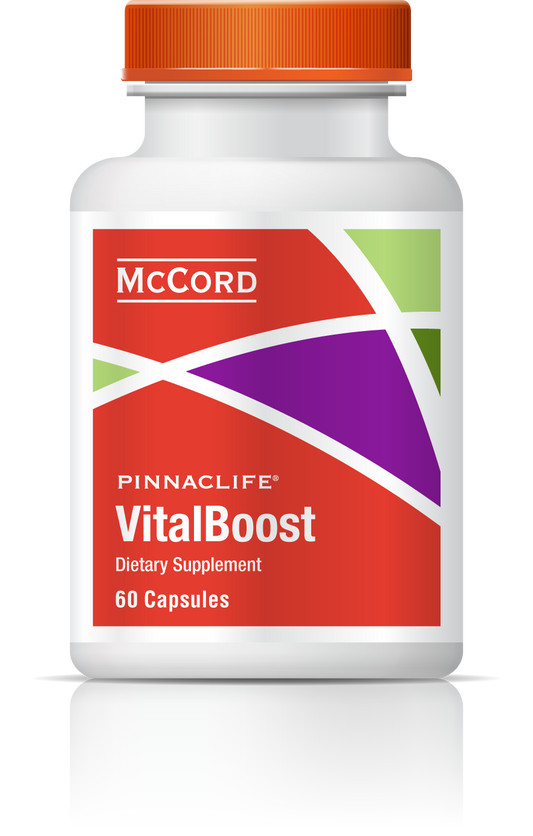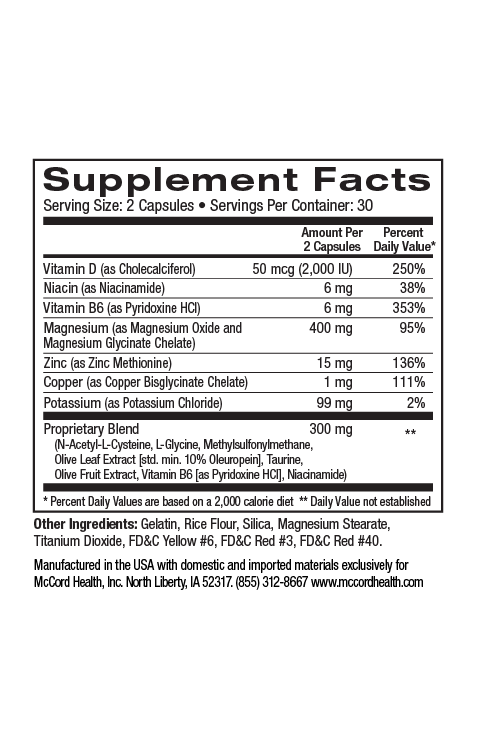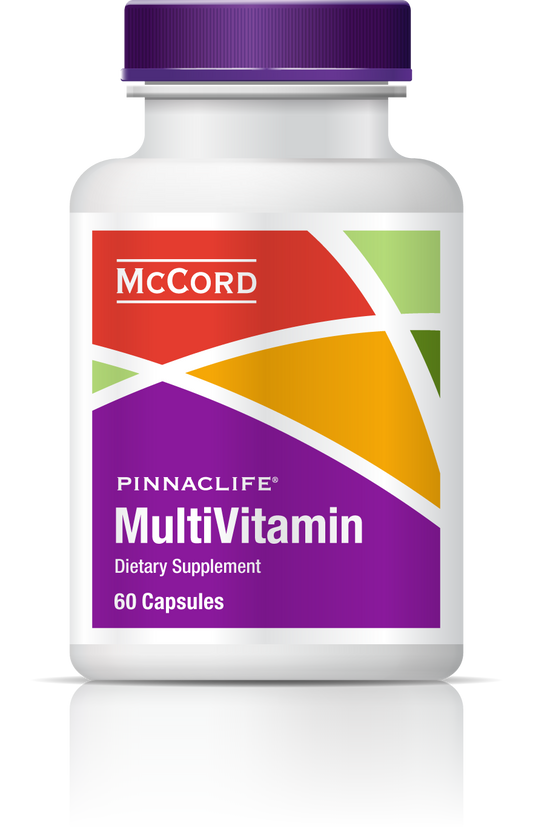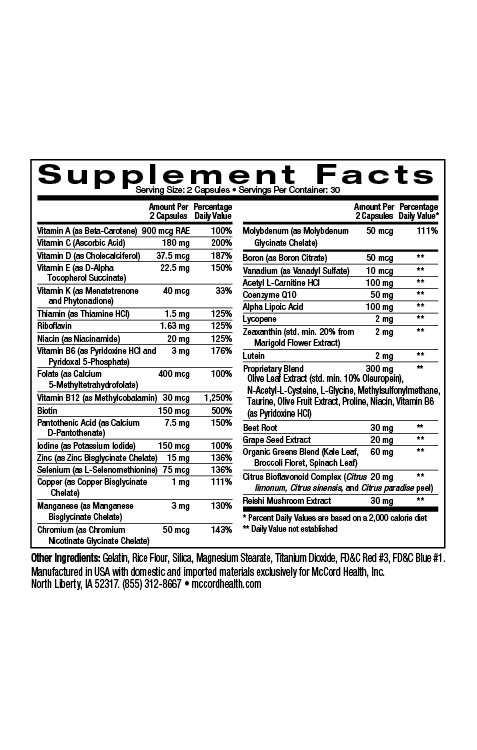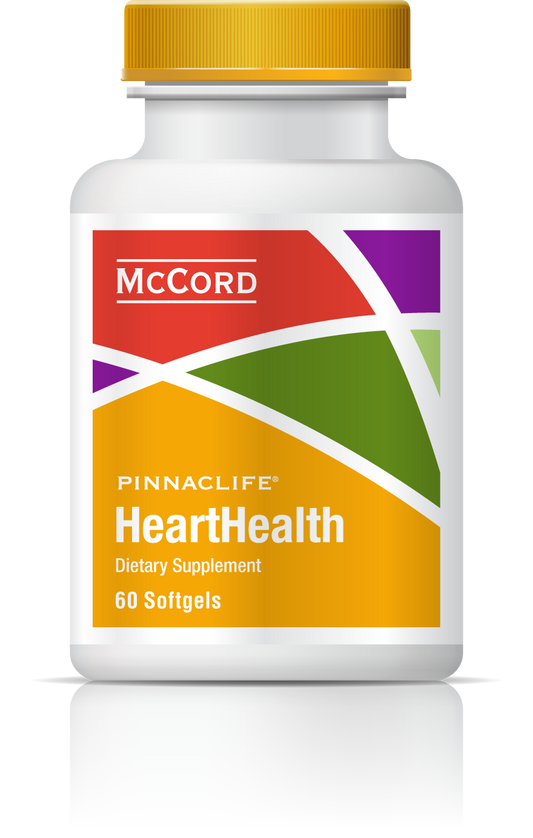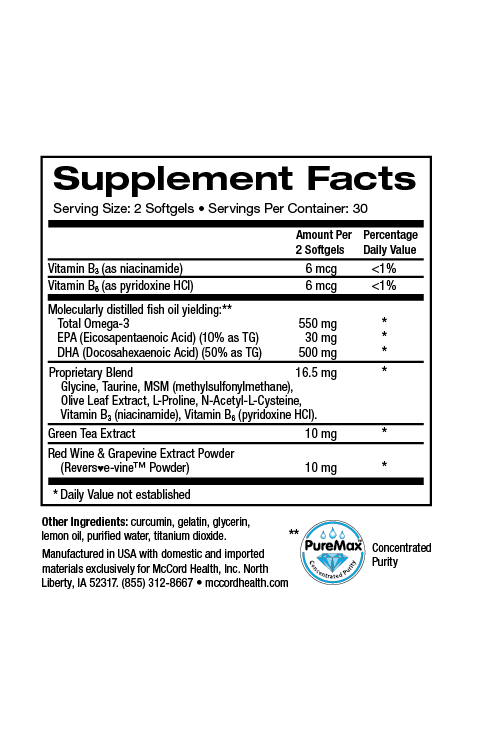Energy-boosting drinks are in high demand to help maintain busy lifestyles. But research shows increasing numbers of emergency room visits and even deaths associated with consumption of energy drinks, especially amongst adolescents. Do you know if your energy drink contains harmful ingredients? Are there safer options?
Avoiding Harmful Ingredients in Energy Drinks and Finding Safer Energy-Boosting Products.
- Energy-boosting products are in high demand to help maintain busy lifestyles
- Some energy-boosting products have safety concerns including hospitalizations and in some cases death
- Children, adolescents, and young adults are at increased risk because of increased consumption of these products
- There are safe alternatives that naturally help restore energy and fight fatigue without the risks seen with many energy drinks
More Natural Energy for Fast-Paced Life
We live in a busy and fast paced world. It seems like as the seasons pass we are continuously preparing for one activity or another – from the start of a new school year, to holidays, extracurricular activities, household work, birthdays, weddings, graduations, long work weeks, laundry, moving, baby showers, grocery shopping, cooking, workouts, etc, etc. Hopefully you can find time to sneak in a vacation, but we know that sometimes those can be just as exhausting! It’s easy to feel overwhelmed.
Unfortunately, we know that our busy lifestyles will not allow us to just disappear and wait for everything to pass. So to keep pushing on and fight through the exhaustion, we often start turning to a variety of energy boosting solutions.
Some methods of improving energy are very good ideas, such as eating more fresh produce and getting more physical activity. However many of us are already strapped for the extra time and cash for healthier foods and a regular exercise routine so we turn to quick fixes – often in the form of highly caffeinated beverages, prescription or over-the-counter medications, and supplements.1
Energy Drink Safety Concerns
There have been several news stories released about some of the safety issues surrounding energy-boosting products, especially in the form of energy drinks.2–6 Most of these reports are citing national statistics from Poison Control Centers that highlight cases of emergency room visits, hospitalizations, and even deaths attributed to energy drink consumption and excessive doses of caffeine.5 Children and adolescents are more sensitive to the effects and this is troublesome because many energy drinks are marketed specifically to these age groups.5,7,8
Energy Drinks with Multiple Servings Per Container
Another problem with some energy-boosting products is that they contain multiple servings per container, so people may not realize they are getting as many as four servings when they think they’re only consuming one serving.
Caffeine overdose tends to be the primary focus of these studies, however it is important to know that many energy-boosting products contain other less well-known ingredients that can also contribute to significant health problems and safety concerns.
Potentially Unsafe Ingredients Found in Commercially Available Energy Drinks:
- Lithium (unspecified amount found in “The Verve®: Insanely Healthy Energy Drink”) is prescribed for the treatment of manic depression and bipolar disorders.16 Lithium should not be used in pregnancy (category D), breastfeeding, children under 12, kidney disease, cardiovascular disease, severe debilitation, dehydration, people using diuretics (could include caffeine), and on sodium-restricted diets.17 Lithium has a narrow therapeutic window, meaning toxic levels are very close to therapeutic levels, requiring close monitoring of blood levels to avoid overdose and toxicity.17 The Verve® also contains unknown amounts of a variety of other potentially harmful minerals and metals including aluminum, niobium, zirconium, gallium, neodymium, cadmium, cesium, platinum, and silver.
- Guarana is a caffeine-containing ingredient found in many energy products. Few products list how much caffeine is contributed from the guarana and this amount is not always included in the total caffeine content listed on the label.4,18 Other ingredients that may be adding an unknown amount of caffeine to the total amount listed include kola nuts, guayusa, cacao/chocolate, coffee, yerba mate, and yaupon holly.
- Ginseng(Panax, Siberian, American, Eleuthero, etc.) is a name commonly used to (incorrectly) describe a variety of plants that are not actually the same species, meaning they contain different chemical compounds and may not actually be true ginseng.19,20 Products are frequently mislabeled with ginseng, and the ingredient is notorious for having quality control issues with the raw materials, sometimes containing contaminants or completely different plants.19 True ginseng interacts with many drugs and some preparations have effects similar to some estrogen hormones and corticosteroids.21,22 Effects on the heart, including hypertension, can worsen those experienced with the caffeine that is frequently included in the same products.21 There are many products that combine a form of “ginseng” with caffeine.
- Yohimbe (found in Tweaker®) is typically used as an aphrodisiac or for erectile dysfunction and its use has been associated with high blood pressure, irregular heartbeat, increased heart rate, kidney failure, seizure, heart attack, headache, anxiety, dizziness, allergic reactions, and tremors.23 Children seem to have increased sensitivity to the ingredient.23 It is considered to be inappropriate for use without supervision of a healthcare professional and should not be used if you are pregnant or breastfeeding or if you have prostate problems, schizophrenia, post-traumatic stress disorder (PTSD), liver disease, kidney disease, heart problems, high or low blood pressure, depression, anxiety, or diabetes.23 Using yohimbe in combination with caffeine could increase the risk of cardiovascular side effects.23
- Milk Thistle (found in Rockstar®) has the potential to cause severe allergic reactions in people with allergies to ragweed.20,24 A person with allergies could unknowingly be consuming a product that could put them into life-threatening anaphylactic shock.
Safe Natural Alternatives for Boosting Energy
Proprietary Blend EnergyBoost utilizes ingredients known to be safe and effective for improving feelings of energy and reducing the effects of stress and fatigue. It includes a safe 98 mg of natural caffeine from organic coffee and green tea extract per serving (2 capsules) that is roughly equal to the amount of caffeine in one 8 oz. cup of regular drip coffee. It is also completely free of sugars and artificial sweeteners.
Ingredients like Rhodiola rosea and L-taurine have been shown to do more than give a simple boost of energy, but actually help your body resist the effects of stress and fatigue.9–14
The patentedProprietary Blend formula provides support for energy metabolism on a cellular level while providing vital antioxidant support.15
Avoid the Jitters and Sugar Crash
Proprietary Blend EnergyBoost is designed to help you feel more energized, focused, and alert throughout the day without a “crash” that is typical with some products. The effect is completely different from the short-term, jittery, sugar-filled, over-caffeinated feelings that are frequently experienced with energy drinks. Proprietary Blend EnergyBoost is not designed to make you "bounce off the wall;" it was designed to help get you through your day with less fatigue and mental fog so you can continue being productive and have the energy and motivation to do the things you enjoy throughout the entire day.
Fight Effects of Stress and Fatigue
To maintain focus, concentration, and energy throughout the day, consider a safe low-dose of caffeine from green tea plus proven ingredients like taurine and Rhodiola rosea work together with Proprietary Blend to give your body the energy support that it needs.
Better Sleep at Night for More Energy During the Day
Proprietary Blend CalmMind and SleepHealth may also be useful in relieving some of the anxious feelings that arise during stressful times, and help promote restful sleep at night so you wake up feeling rested and at ease.
References
- Hoyte CO, Albert D, Heard KJ. The use of energy drinks, dietary supplements, and prescription medications by United States college students to enhance athletic performance. J Community Health. 2013;38(3):575–80.
- O’Malley PA. Caffeinated energy drinks: risks assumed with consumption when competing, working, and drinking. Clin Nurse Spec. 2012;26(5):250–3.
- Wolk BJ, Ganetsky M, Babu KM. Toxicity of energy drinks. Curr Opin Pediatr. 2012;24(2):243–51.
- Clauson K a, Shields KM, McQueen CE, Persad N. Safety issues associated with commercially available energy drinks. J Am Pharm Assoc (2003). 2008;48(3):e55–63; quiz e64–7.
- Seifert SM, Schaechter JL, Hershorin ER, Lipshultz SE. Health effects of energy drinks on children, adolescents, and young adults. Pediatrics. 2011;127(3):511–28.
- McGraw MM. Are energy drinks safe? Nursing (Lond). 2013;43(3):68.
- Trunzo JJ, Samter W, Morse C, et al. College students’ use of energy drinks, social problem-solving, and academic performance. J Psychoactive Drugs. 2014;46(5):396–401.
- Heckman MA, Sherry K, Gonzalez de Mejia E. Energy Drinks: An Assessment of Their Market Size, Consumer Demographics, Ingredient Profile, Functionality, and Regulations in the United States. Compr Rev Food Sci Food Saf. 2010;9:303–17.
- Darbinyan V, Kteyan A, Panossian A. Rhodiola rosea in stress induced fatigue—A double blind cross-over study of a standardized extract SHR-5 with a repeated low-dose regimen on the mental. Phytomedicine. 2000;7(5):365–71.
- El Idrissi A. Taurine improves learning and retention in aged mice. Neurosci Lett. 2008;436(1):19–22.
- Kelly GS. Rhodiola rosea: A Possible Plant Adaptogen. Altern Med Rev. 2001;6(3):293–302.
- Shevtsov VA, Zholus BI, Shervarly VI, Vol VB, Korovin YP. A randomized trial of two different doses of a SHR-5 Rhodiola rosea extract versus placebo and control of capacity for mental work. Phytomedicine. 2003:95–105.
- El Idrissi A, Shen CH, L’amoreaux WJ. Neuroprotective role of taurine during aging. Amino Acids. 2013;45(4):735–50.
- Hamilton EJ, Berg HM, Easton CJ, Bakker AJ. The effect of taurine depletion on the contractile properties and fatigue in fast-twitch skeletal muscle of the mouse. Amino Acids. 2006;31(3):273–8.
- Sarsour EH, Kumar MG, Kalen AL, Goswami M, Buettner GR, Goswami PC. MnSOD activity regulates hydroxytyrosol-induced extension of chronological lifespan. Age (Omaha). 2012;34:95–109.
- Rej S, Beaulieu S, Segal M, et al. Lithium dosing and serum concentrations across the age spectrum: from early adulthood to the tenth decade of life. Drugs Aging. 2014;31(12):911–6.
- Oruch R, Elderbi M a, Khattab H a, Pryme IF, Lund A. Lithium: A review of pharmacology, clinical uses, and toxicity. Eur J Pharmacol. 2014;740C:464–473.
- Higgins JP, Tuttle TD, Higgins CL. Energy beverages: content and safety. Mayo Clin Proc. 2010;85(11):1033–41.
- van Breeman RB, Fong HHS, Farnsworth NR. The Role of Quality Assurance and Standardization in the Safety of Botanical Dietary Supplements. Chem Res Toxicol. 2008;20(4):577–582.
- Dunnick JK, Nyska A. The toxicity and pathology of selected dietary herbal medicines. Toxicol Pathol. 2013;41(2):374–86.
- Ginseng Professional Monograph. 2014;2014:1–101. Available at: www.naturalstandard.com.
- Choi YH, Chin Y-W, Kim YG. Herb-drug interactions: focus on metabolic enzymes and transporters. Arch Pharm Res. 2011;34(11):1843–63.
- Yohimbe Professional Monograph. 2014:1–6. Available at: www.naturalstandard.com.
- Milk Thistle Professional Monograph. 2014;(Iv):1–7. Available at: www.naturalstandard.com.
Disclaimer: These statements have not been reviewed by the FDA. These products are dietary supplements and are not intended to treat, cure, or prevent any disease. The decision to use these products should be discussed with a trusted healthcare provider. The authors and the publisher of this work have made every effort to use sources believed to be reliable to provide information that is accurate and compatible with the standards generally accepted at the time of publication. The authors and the publisher shall not be liable for any special, consequential, or exemplary damages resulting, in whole or in part, from the readers’ use of, or reliance on, the information contained in this article. The publisher has no responsibility for the persistence or accuracy of URLs for external or third party Internet websites referred to in this publication and does not guarantee that any content on such websites is, or will remain, accurate or appropriate.

